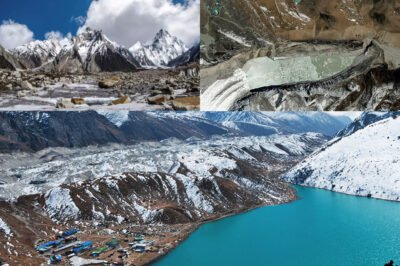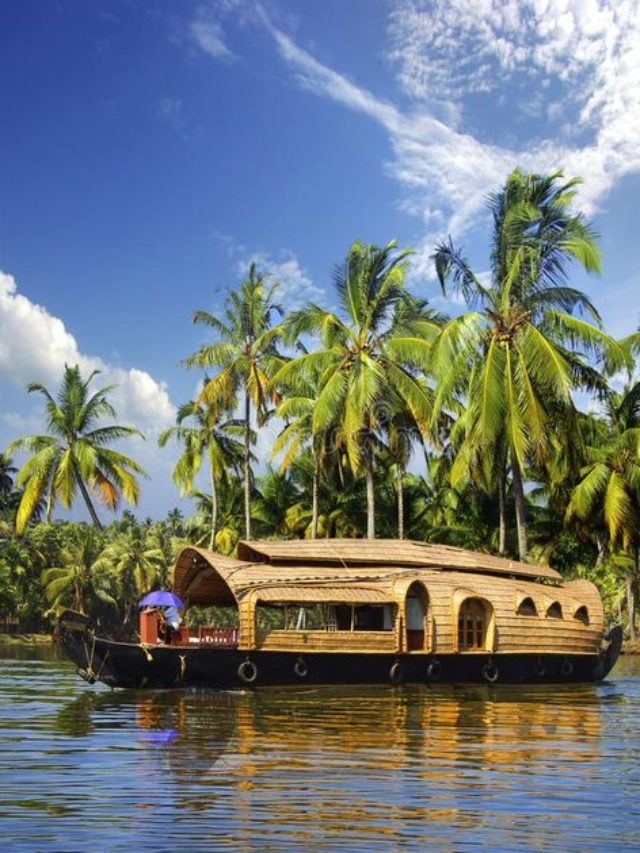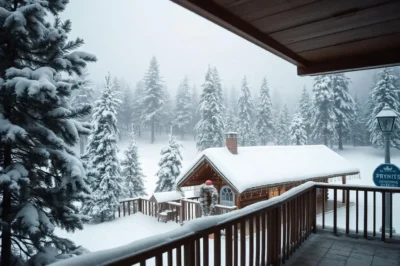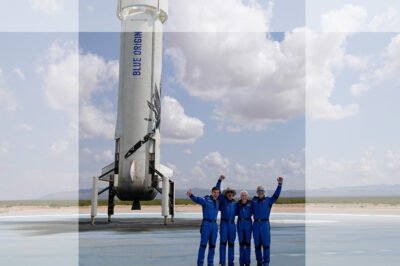Nestled among the towering peaks of the Himalayas, glacial lakes present a serene yet misleading facade. Recent studies have flagged these lakes as ticking time bombs, with the potential to unleash catastrophic glacial lake outburst floods (GLOFs) across South Asia. As climate change accelerates glacier melting, the volume of water in these lakes swells, significantly increasing the risk of sudden and devastating floods. This growing threat poses serious questions about the preparedness of vulnerable regions and the steps being taken to mitigate potential disasters. What does the future hold for South Asia in the face of such an unpredictable natural threat?
Understanding the Threat:
Glacial lakes form as glaciers melt and retreat, leaving behind large pools of water that are often dammed by ice or moraines (accumulations of dirt and rocks). These natural dams can be unstable and may fail suddenly, releasing massive quantities of water downstream with little to no warning. The impact of such outbursts can be devastating, leading to loss of life, destruction of property, and significant environmental damage.
Recent Incidents and Research:
Instances of GLOFs have been recorded throughout the Himalayan regions of Nepal, India, Bhutan, and Tibet, highlighting the widespread nature of the risk. Research indicates that as temperatures continue to rise, glacier melt will intensify, further exacerbating the situation. Scientists are now calling for urgent action to assess and mitigate the risks associated with glacial lake outbursts.
Mitigation and Preparedness:
Several strategies can be employed to reduce the risks associated with GLOFs. These include engineering measures such as reinforcing natural dams, constructing spillways to control water levels, and developing robust early warning systems. Additionally, community-based disaster preparedness programs can enhance resilience by educating residents about evacuation routes and safety measures.
Challenges and International Efforts:
One of the major challenges in tackling this issue is the transboundary nature of rivers and glacial lakes in the Himalayas, which requires coordinated efforts among multiple countries. International cooperation and data sharing are critical for effective risk assessment and disaster response. Organizations such as the United Nations and various regional cooperation frameworks are playing key roles in facilitating dialogue and action among the affected nations.
Conclusion:
As the threat of glacial lake outbursts looms larger, it is imperative for governments, communities, and international bodies to intensify their efforts in understanding, monitoring, and mitigating this risk. With appropriate measures in place, the potential damage from these natural events can be significantly reduced. However, the question remains: Are we doing enough to protect vulnerable populations from this growing threat? Your views and opinions are crucial in shaping the future actions taken to combat the dangers of Himalayan glacial lake outbursts.




































































Leave a Reply